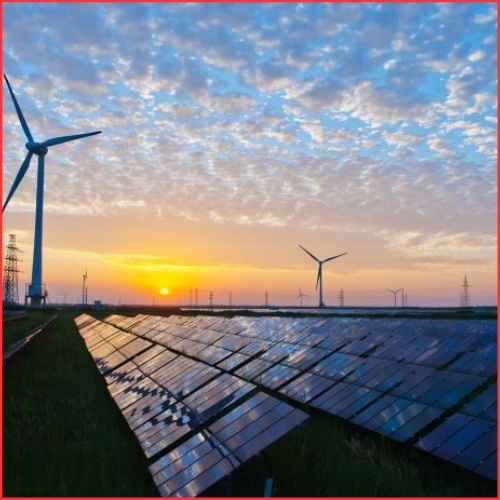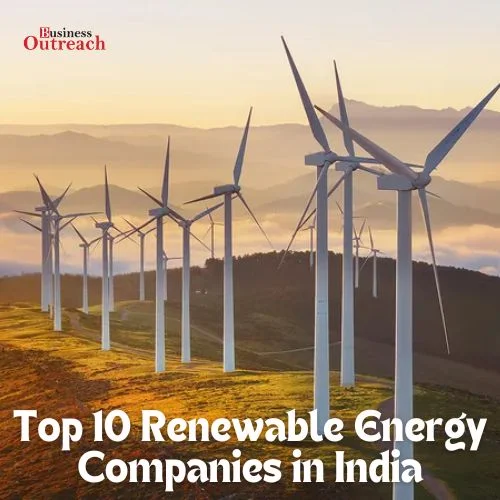Renewable energy also referred to as clean energy, is generated from naturally replenished sources or processes. It includes sun, wind, geothermal, ocean, hydropower, and bioenergy, which may be used to replace nonrenewable sources like coal, oil, and gas. It is regarded as an essential power source because of the various new and less-expensive methods of capturing and retaining wind and solar energy.
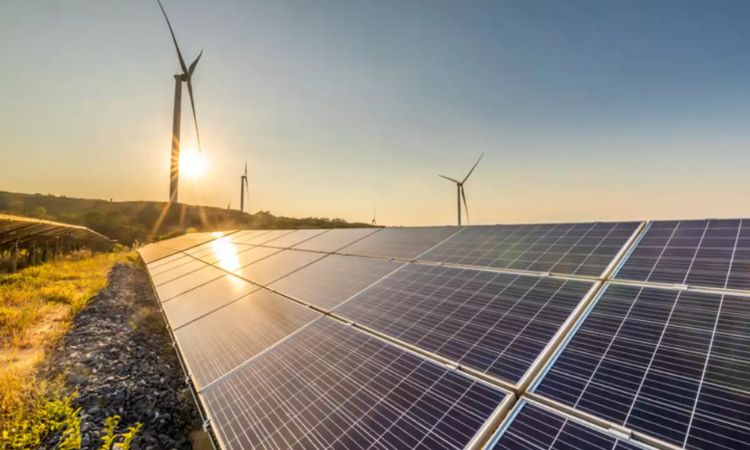
It may be produced on-site using any method or technology, such as photovoltaic, or PV, panels on a building, geothermal heat pumps, and biomass-fueled combined power and heat. It can be obtained from an electric utility through a green pricing or green marketing project, in which purchasers pay a tiny premium for electricity generated locally from green power resources. It has the ability to deliver heat, cooling, natural lighting, power, and fuels for a variety of uses. Demand for renewable energy is increasing in India as it lowers reliance on fossil fuels.
Policy Incentives and Fiscal Strategies: India’s Model for Sustainable Governance
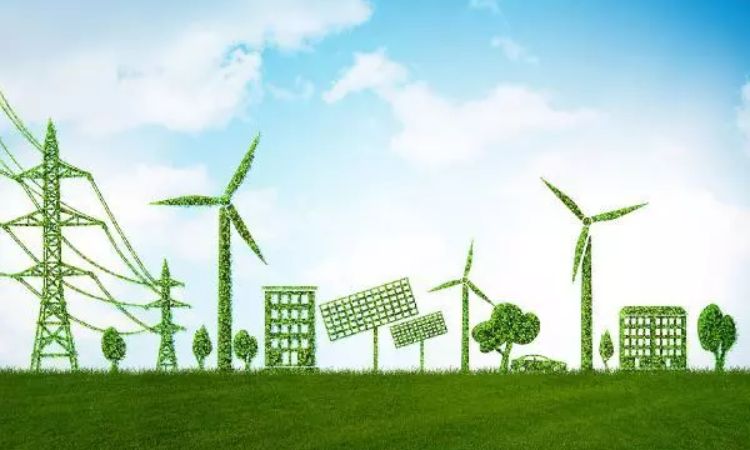
India is the world’s third-largest energy consumer
According to the REN21 Renewables 2022 Global Status Report, India ranks fourth in the world in Renewable Energy Installed Capacity (including Large Hydro), fourth in Wind Power capacity, and fourth in Solar Power capacity. The government boosted its target to 500 GW of non-fossil fuel-based energy by 2030 at COP26.
In the preceding 8.5 years, India’s current non-fossil fuel capacity increased 396% to more than 178.79 Giga Watts (including large Hydro), contributing to almost 43% of total capacity (as of May 2023). India had the highest year-on-year growth in renewable energy additions in 2022, at 9.83%.
Installed solar energy capacity has increased by 24.4 times in the preceding nine years, and it presently stands at 66.7 GW as of May 2023. Installed renewable energy capacity (including big hydro) has expanded by around 128% since 2014.
India’s Effective Renewable Energy Approach and Blueprint for Developing Countries
India’s renewable energy plan has proven advantageous, proving the country’s commitment to long-term prosperity and climate change mitigation. With a population of 1.4 billion people experiencing a variety of environmental concerns, India has recognized the importance of a fair energy transition and has included scientific understanding and technical solutions in its policy. This strategy has produced outstanding achievements and can serve as a model for other developing countries.
The use of Science-Based Understanding and Technology Solutions: India has underlined the need for scientific concepts to be understood and incorporated into development plans and policies. The country has been able to make educated decisions about climate change adaptation and mitigation by bridging the knowledge gap between scientific research and policymakers. This combination of scientific understanding and real-world technological solutions serves as the foundation for good administration.
Integration of Solar Power: India’s attempts to implement solar power into its mainstream electricity supply demonstrate the country’s approach to renewable energy. India exceeded its aim of installing 20,000 megawatts of renewable energy ahead of schedule thanks to the National Solar Mission. Tariff bidding competition resulted in some of the world’s lowest solar power rates in India. Furthermore, the Pradhan Mantri Kisan Urja Suraksha evam Utthaan Mahabhiyan (KUSUM) plan assists individual farmers in using solar electricity for irrigation purposes, with the government covering a portion of the cost. The International Solar Alliance (ISA), headed by India and France, promotes the use of solar energy on a worldwide scale.
Policy and Fiscal Incentives: To boost renewable energy, India has introduced 28 central government policies and fiscal incentives totaling Rs 11,529 crore. These policies have altered the country’s energy industry and can serve as a model for future programs promoting sustainable governance. India has created a variety of solutions to satisfy the complicated requirements of its enormous people by integrating science and politics.
Swachh Bharat Mission: Another example of India’s creative policies aimed at accomplishing sustainability goals is the Swachh Bharat Mission. The mission illustrates India’s commitment to comprehensive sustainable development by directly tackling Sustainable Development Goal 6, which promotes sanitation, cleanliness, and hygiene.
Technological Innovation and Public Participation: India recognizes that accomplishing systemic changes such as carbon neutrality necessitates the skillful application of technology. Market-based systems for carbon pricing and successful carbon sequestration can assist generate transparency, guarantee sequestration benefits are delivered, and make compliance and liability management easier. Individuals are also empowered to take climate action and engage in regulating industries, defining quality standards, and influencing competitiveness and trust under this solutions-based approach.
Renewable Energy Industry in India: Current Scenario and Future Prospects
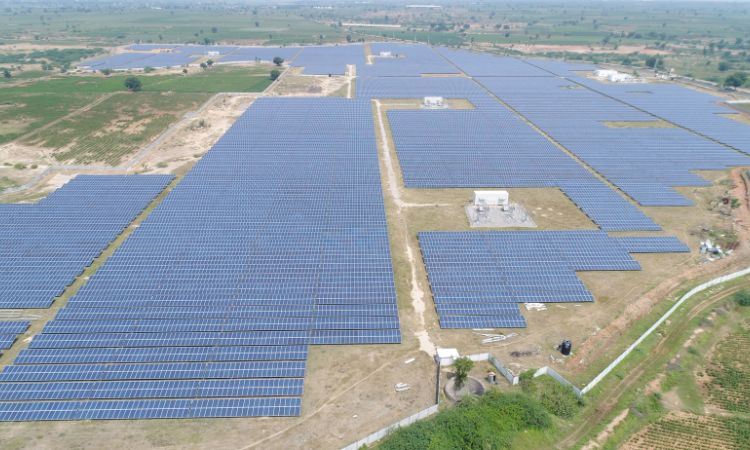
Renewable energy sources, including substantial hydropower, have a combined installed capacity of 178.79 GW as of February 2023.
The capacity currently in use for renewables is as follows:
Wind energy: 42.6 GW
Solar Energy: 66.7 GW
Biomass/Cogeneration: 10.2 GW
Small Hydropower: 4.94 GW
Waste to Energy: 0.55 GW
Large Hydropower: 46.85 GW
India has set a goal of reducing the nation’s carbon intensity by less than 45% by the end of the decade, achieving 50% cumulative electric power installed from renewables by 2030, and reaching net-zero carbon emissions by 2070.
In addition, India’s goal is to create 5 million tonnes of green hydrogen by 2030. A total of 125 GW of renewable energy capacity will be used to support this. In India, 57 solar parks with a total capacity of 39.28 GW have been authorized. Offshore wind energy has a target of 30 GW by 2030, with possible sites identified.
In the recently announced Union Budget 2023, they have made green growth a top priority. They have allocated:
- A substantial $2.4 billion to the National Hydrogen Mission, which aims to produce five million metric tonnes of green hydrogen by 2030. Additionally, $36 million has been earmarked for this purpose.
- The budget also includes support for 4 GWh of Battery Energy Storage Systems through Viability Gap Funding to promote energy storage. This will further strengthen India’s renewable energy infrastructure.
- Pumped storage projects have received a boost with the formulation of a detailed framework.
India has the ability to lead the world in renewable energy and build an $80 billion industry by 2030 if it embraces innovative technology and receives international help. The International Energy Agency (IEA) recognizes the importance of attaining net-zero emissions and the benefits it would bring to both India and the rest of the world.
Conclusion:
India’s approach to renewable energy has elevated the country to the worldwide forefront of sustainable energy solutions. India has effectively boosted its renewable energy capacity and reduced its dependence on fossil fuels by blending science-based understanding, technical innovation, and smart policy.
India’s dedication to sustainability, as seen by its ambitious non-fossil fuel-based energy plans, demonstrates its ambition to build a sustainable world. India has demonstrated the efficacy of its renewable energy method by focusing on scientific understanding, technology uptake, and public involvement. The continued increase of renewable energy production, investment in green hydrogen, and promotion of battery energy storage technologies demonstrate India’s commitment to developing a clean and resilient energy industry. India can serve as a paradigm for the worldwide transition to a sustainable and low-carbon future by continuing to prioritize renewable energy and sharing its experiences with other countries.










